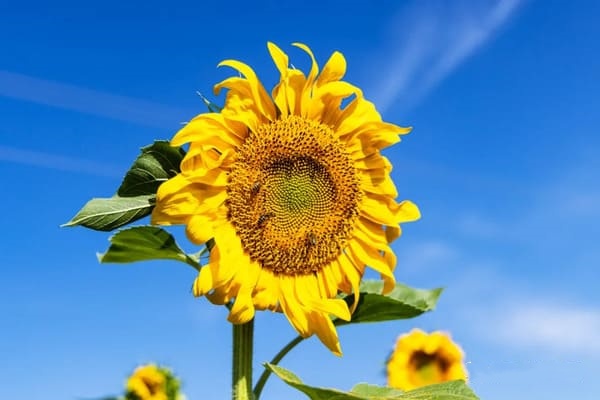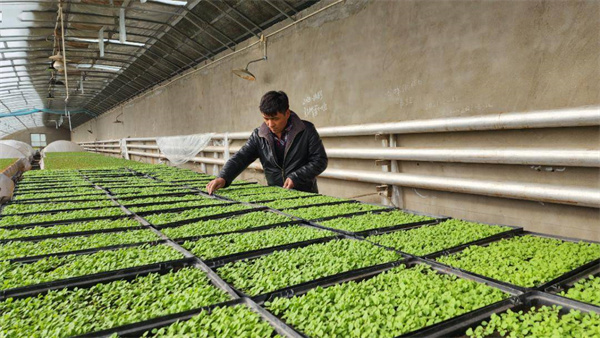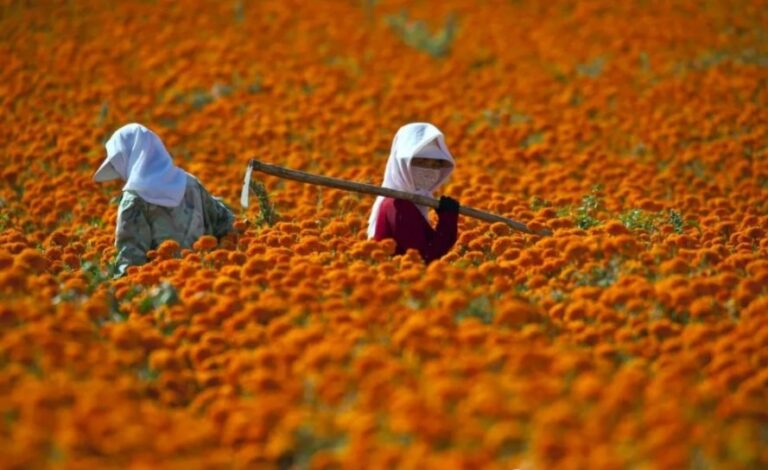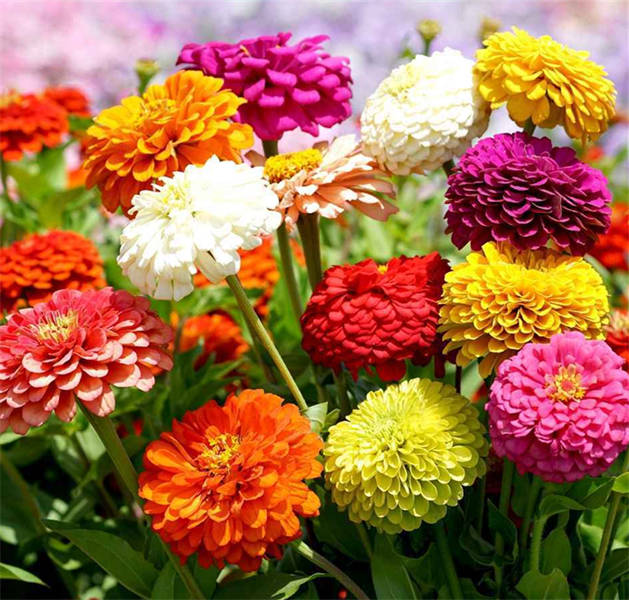
planting zinnias flower seeds
The scorching yet romantic summer sun bathes the earth, illuminating every corner of the world. Summer not only has the blue sky with the taste of Sprite and the plum-flavored dusk, but also the “little stars” that we quietly planted in June. After two months of anticipation, the zinnias flowers zinnia elegans, covering an area of about 11,800 square meters, are now in full bloom, forming a sea of flowers, clustered together like stars scattered in a flower field, making them the most colorful fairy tale in luteseeds company’s planting zinnias base. Let’s appreciate them together!
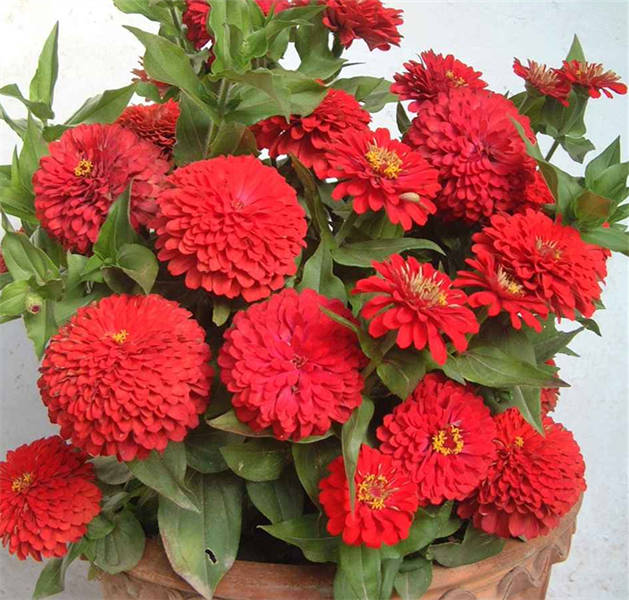
Planting Time and Method for Zinnias Flowers zinnia elegans
The planting time for Zinnias flowers is mainly divided into two periods: spring (March to June) and autumn (August to October). The climatic conditions during these two periods are suitable for the germination and growth of zinnias seeds. But different country has different weather and planting time.
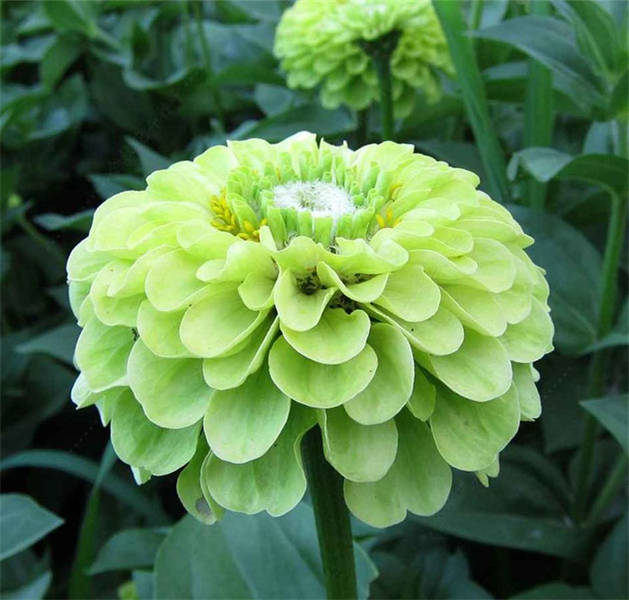
Sowing method of flower zinnia
- Seed Preparation: Select healthy, plump Cosmos seeds and perform a simple screening and washing.
- Soil Preparation: Choose loose, well-aerated, and well-draining soil, and you can add an appropriate amount of leaf mold or organic fertilizer to improve soil fertility.
- Sowing: Evenly scatter the seeds on the prepared soil surface, then cover them with a thin layer of soil, about 1-2 cm thick. Press the soil to ensure the seeds are in close contact with the soil.
- Watering: After sowing, gently spray the soil with a watering can to keep it moist. However, be careful to avoid overwatering, which may cause the seeds to rot.
- Light and Temperature: Place the sown Cosmos in a well-lit and well-ventilated area. Maintain the temperature between 20-25 degrees Celsius, which is favorable for seed germination and growth.
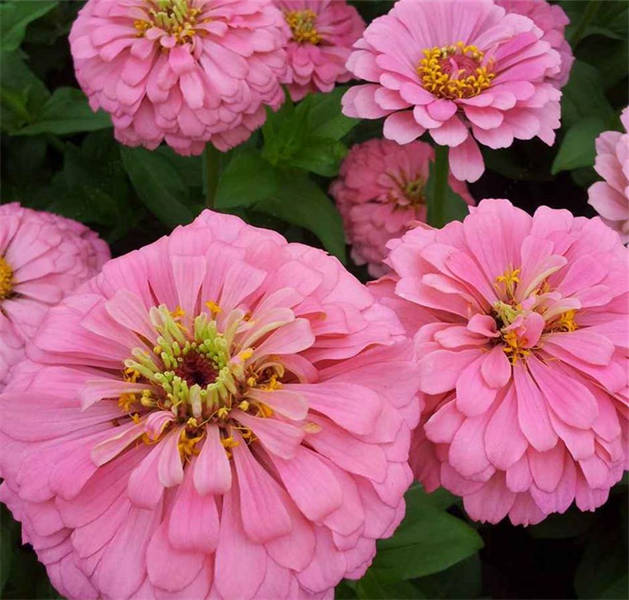
Suitable place for planting zinnias
Zinnia is suitable for planting in sunny, well-ventilated and well-drained places. Because it likes sunlight, is drought-resistant and resistant to barrenness, it can be planted in courtyards, balconies, flower beds, etc. At the same time, because the root system of zinnia is relatively developed and it needs sufficient growth space, the appropriate spacing between plants should be maintained during planting.
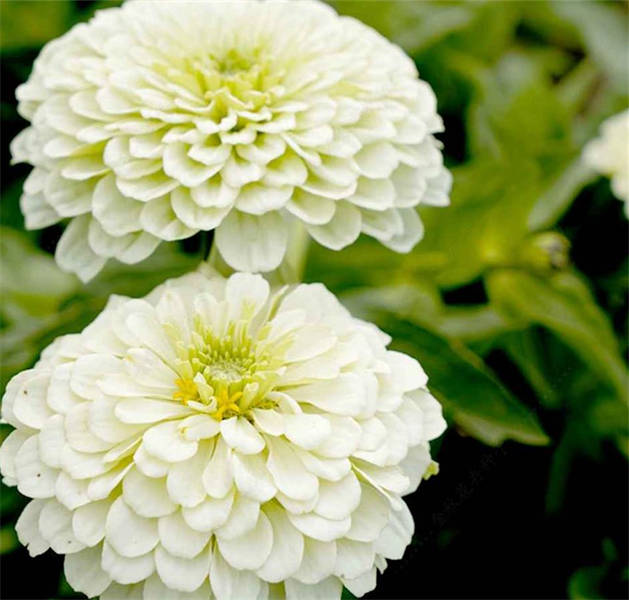
Edibility of Zinnia
Zinnia is an edible plant. Both its flowers and young leaves can be used as food. In the International Space Station, zinnias are even used as vegetables in salads. However, it should be noted that since zinnias are ornamental plants, their edible value is not high and there may be certain safety hazards. Therefore, before eating, you need to ensure that the source of zinnias is reliable and pollution-free, and that they are properly processed and cooked.
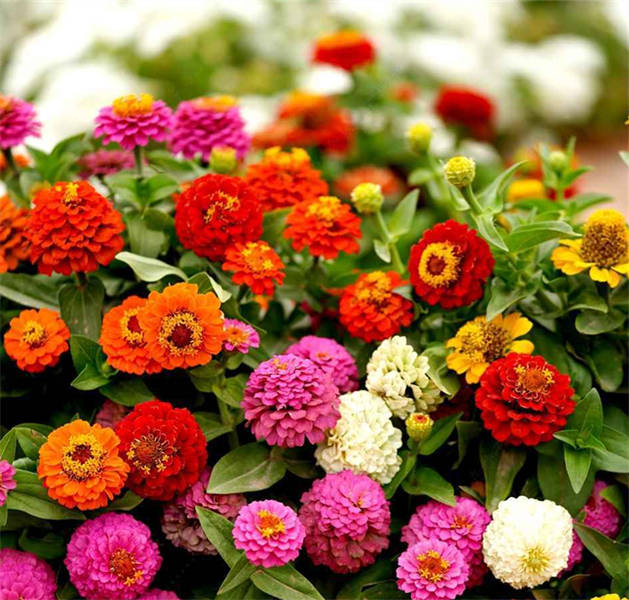
Why do zinnias only bloom in summer?
The reason why zinnia blooms mainly in summer is closely related to its growth habits and climatic conditions. First of all, zinnia is a sun-loving and heat-resistant plant. In the summer, when the sun is sufficient and the temperature is high, it grows rapidly and blooms vigorously. Secondly, the flowering time of zinnia is also limited by its life cycle. As an annual or biennial herb, zinnia reaches its peak flowering period in summer after a period of growth and development after being sown in spring. In winter, due to the influence of unfavorable factors such as low temperature and insufficient light, the growth of zinnia is inhibited and it is difficult to bloom.
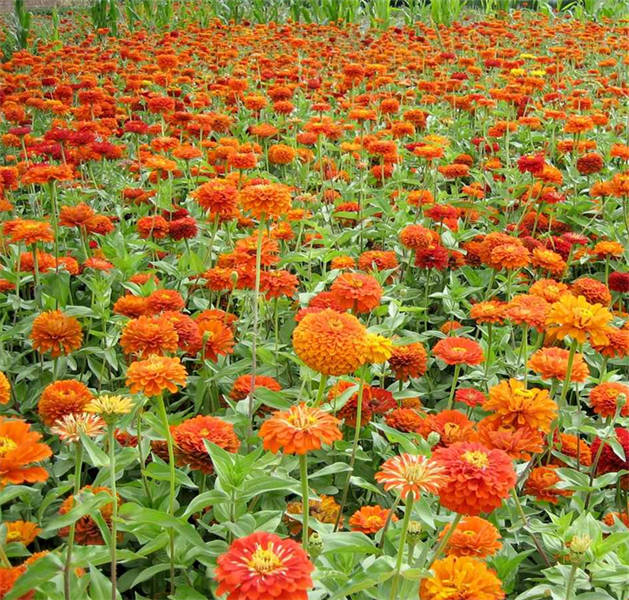
Can zinnias be repotted in summer?
In summer, zinnias are in their vigorous growth period, and repotting at this time may cause certain damage and stress to the plants. Therefore, it is generally not recommended to repot zinnias in the summer. If repotting is really necessary, it should be done in the morning or evening when the temperature is lower and the light is weak, and damage to the roots of the plants should be minimized. At the same time, the plants should be given sufficient water and light support after repotting to help them resume growth as soon as possible.
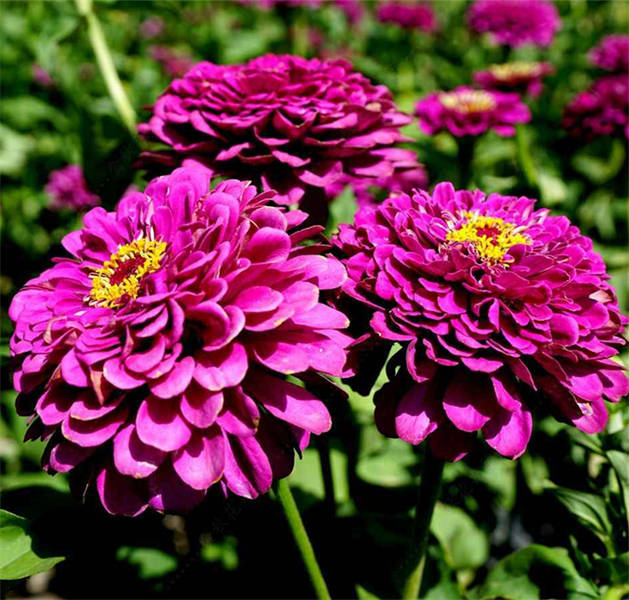
What is the flower language of zinnia?
The flower language of zinnia is missing friends far away, forever. Its flowering period is very long, from June to September, the flowers bloom one after another, and keep bright colors for a long time, symbolizing everlasting friendship. What’s more interesting is that the first flower of zinnia blooms at the top, and then the side branches bloom higher than the first one, their old blooms stay fresh as their new blooms open, so it is also called “youth-and-age”.
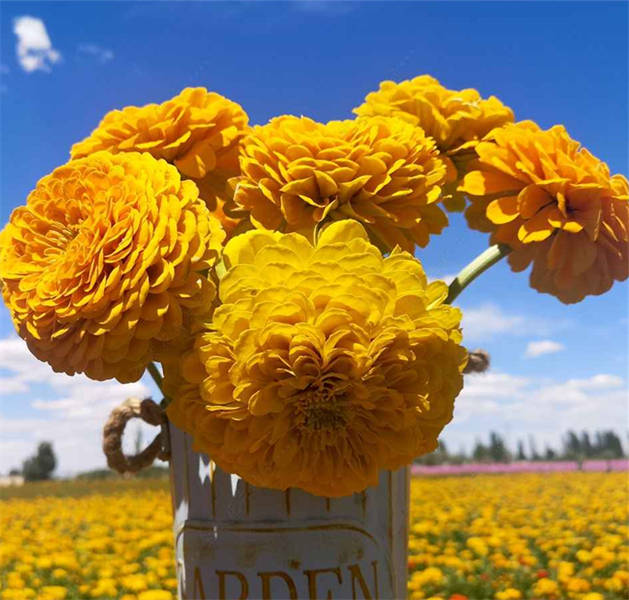
- Red Magenta Zinnia: Represents ongoing love
- Yellow zinnia: daily greetings
- Crimson Zinnia: Steadfast and Unchanging
- White zinnia: symbolizes purity, beauty and kindness
- Mixed-color zinnias: In memory of a friend who is no longer with us
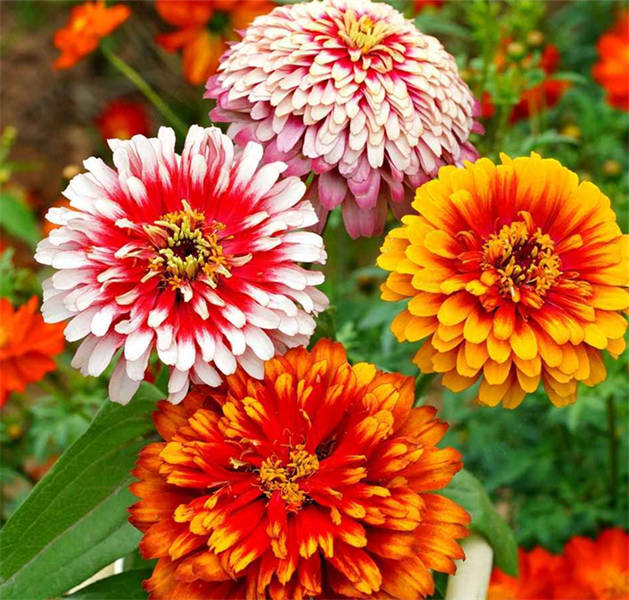
Like flowers in the wild, gentle and warm
This is the end of the summer plant appreciation
See you next time

